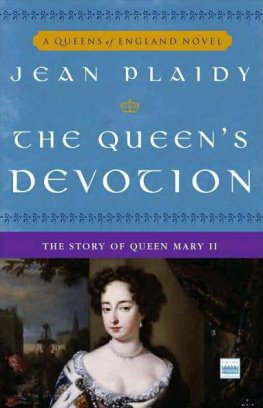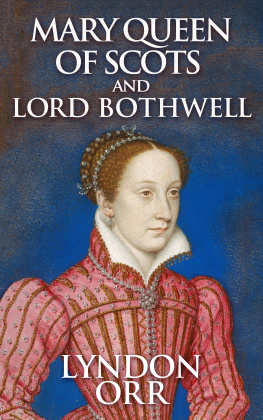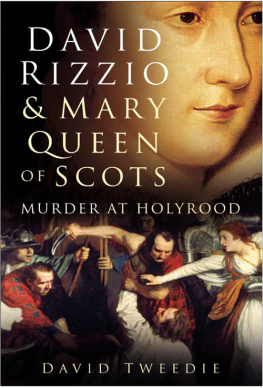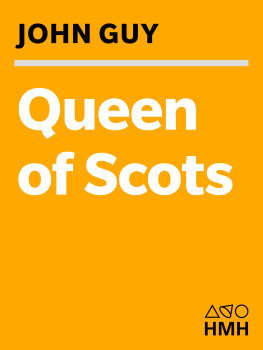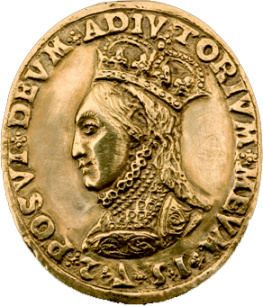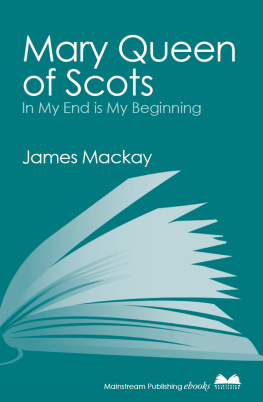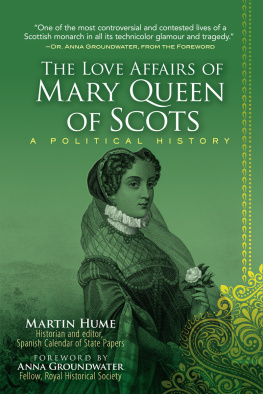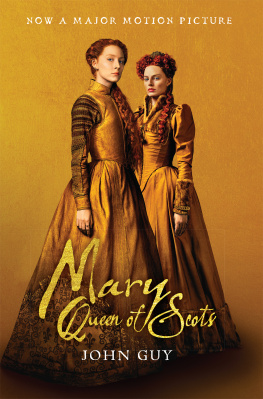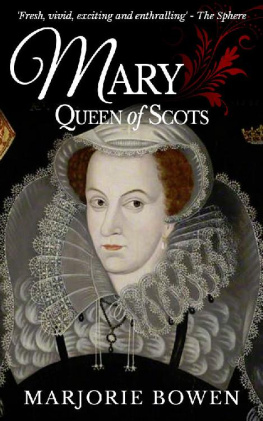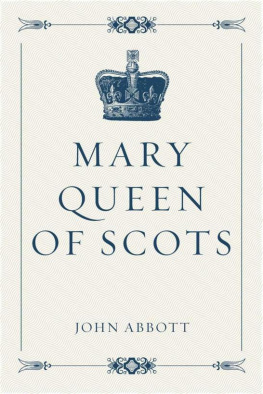Mary Monica Maxwell-Scott - The Tragedy of Fotheringay: Founded on the Journal of Dominique Bourgoing, Physician to Mary Queen of Scots, and on Unpublished MS. Documents
Here you can read online Mary Monica Maxwell-Scott - The Tragedy of Fotheringay: Founded on the Journal of Dominique Bourgoing, Physician to Mary Queen of Scots, and on Unpublished MS. Documents full text of the book (entire story) in english for free. Download pdf and epub, get meaning, cover and reviews about this ebook. year: 2020, publisher: Library of Alexandria, genre: Science fiction. Description of the work, (preface) as well as reviews are available. Best literature library LitArk.com created for fans of good reading and offers a wide selection of genres:
Romance novel
Science fiction
Adventure
Detective
Science
History
Home and family
Prose
Art
Politics
Computer
Non-fiction
Religion
Business
Children
Humor
Choose a favorite category and find really read worthwhile books. Enjoy immersion in the world of imagination, feel the emotions of the characters or learn something new for yourself, make an fascinating discovery.

- Book:The Tragedy of Fotheringay: Founded on the Journal of Dominique Bourgoing, Physician to Mary Queen of Scots, and on Unpublished MS. Documents
- Author:
- Publisher:Library of Alexandria
- Genre:
- Year:2020
- Rating:3 / 5
- Favourites:Add to favourites
- Your mark:
The Tragedy of Fotheringay: Founded on the Journal of Dominique Bourgoing, Physician to Mary Queen of Scots, and on Unpublished MS. Documents: summary, description and annotation
We offer to read an annotation, description, summary or preface (depends on what the author of the book "The Tragedy of Fotheringay: Founded on the Journal of Dominique Bourgoing, Physician to Mary Queen of Scots, and on Unpublished MS. Documents" wrote himself). If you haven't found the necessary information about the book — write in the comments, we will try to find it.
THREE hundred years have passed since Brantme wrote these lines, and his prevision has been fully verified. Writers of every opinionfriends and foeshave taken as their theme the life and death of Mary Stuart, and it would now seem as if nothing further could be written on the subject, fascinating though it has proved. Fresh historical matter bringing new evidence, however, comes to light now and then, and the publication in France, some years ago, of such testimony is our excuse for adding a short chapter to the history of Queen Mary. That this evidence relates to her last days and death, is very welcome, for we hold that in Queen Marys case we may specially apply her own motto, In my end is my beginning. Her death was the crown and meaning of her long trial, and the beginning of an interest which has continued to the present day.
The journal of Queen Marys last physician, Dominique Bourgoing, published by M. Chantelauze in 1876, which recounts the events of the last seven months of Marys life, informs us of many details hitherto unknown, while the report of the trial of which Bourgoing was an eye-witness is most valuable and interesting. Taken together with the Letters of Sir Amyas Paulet, which, although written in a very different spirit, agree in the main with Bourgoings narrative, the journal presents us with a complete picture of the daily life of the captive Queen and the inmates of Fotheringay. In the preface to his valuable book M. Chantelauze tells us of his happy acquisition of the manuscript copy of Bourgoings journal at Cluny, discusses the proofs of its authenticity, and refers us to the passage in Queen Marys last letter to Pope Sixtus V., which we must consider as Bourgoings credentials.
Vous aurez, writes Mary, le vrai rcit de la fasson de ma dernire prise, et toutes les procdures contre moy et par moy, affin quentendant la vrit, les calumnies que les ennemys de lEglise me vouedront imposer puissent estre par vous rfutes et la vrit connue: et cet effet ai-je vers vous envoy ce porteur, requrant pour la fin votre sainte bndiction.
Mary Monica Maxwell-Scott: author's other books
Who wrote The Tragedy of Fotheringay: Founded on the Journal of Dominique Bourgoing, Physician to Mary Queen of Scots, and on Unpublished MS. Documents? Find out the surname, the name of the author of the book and a list of all author's works by series.

